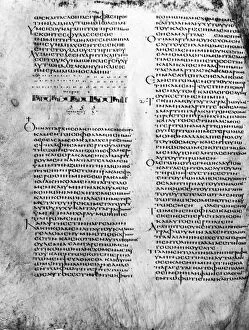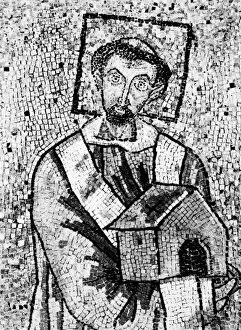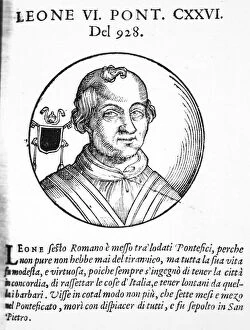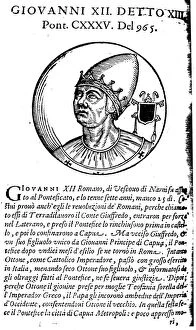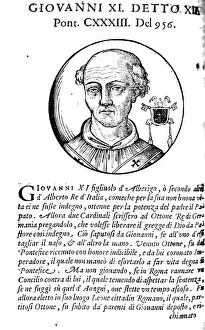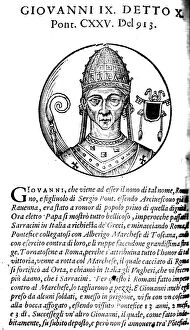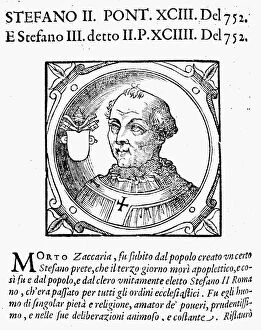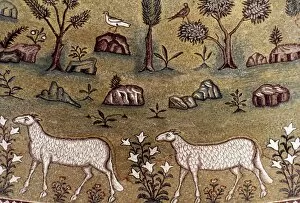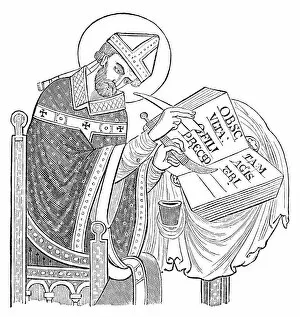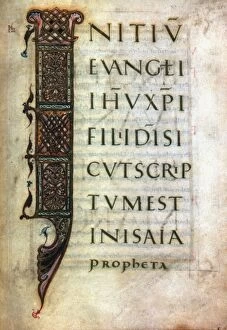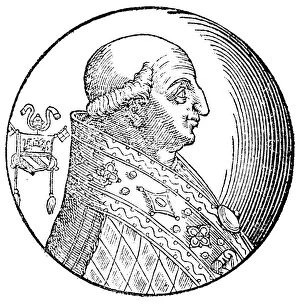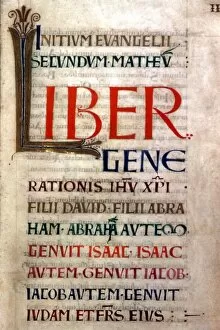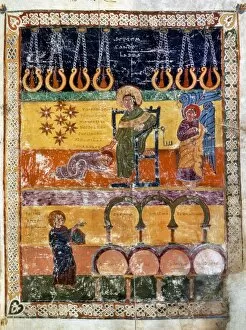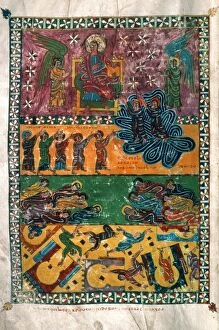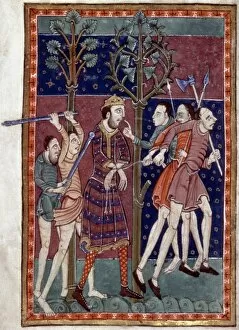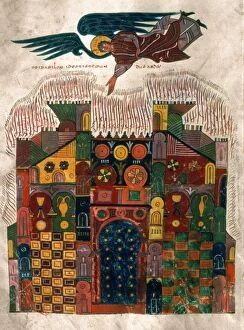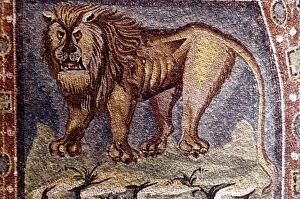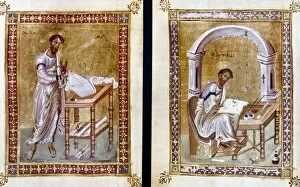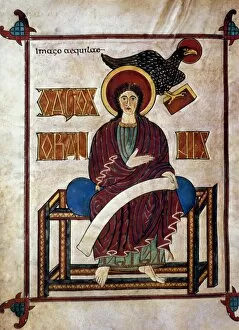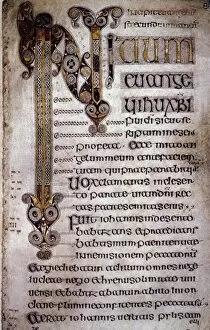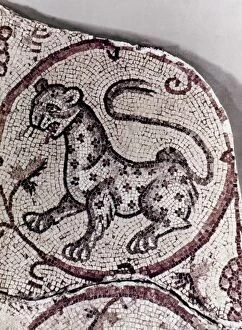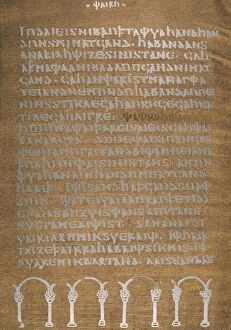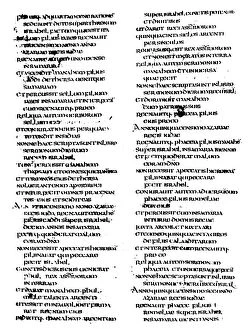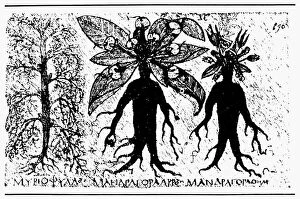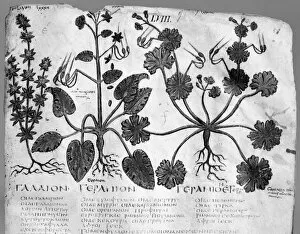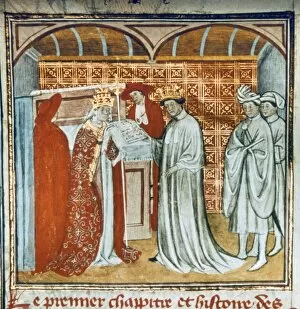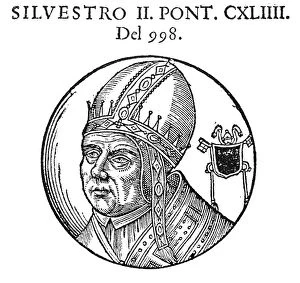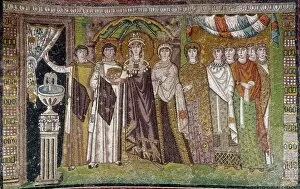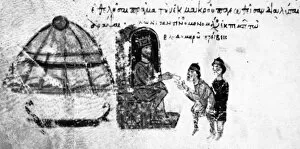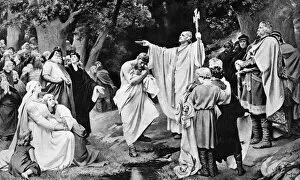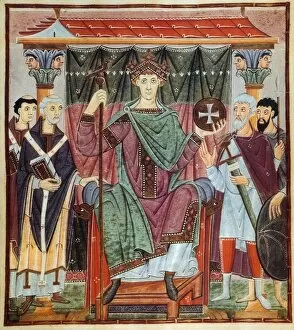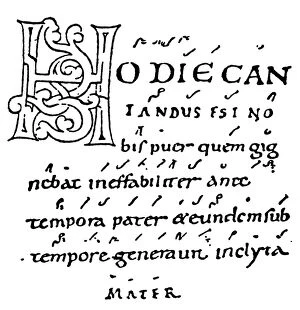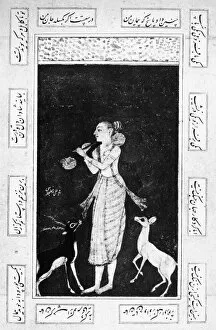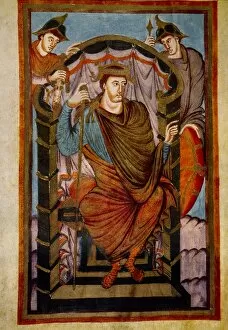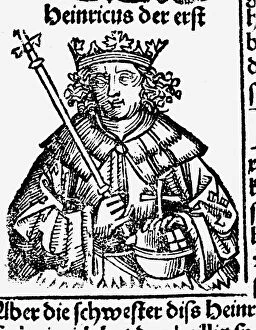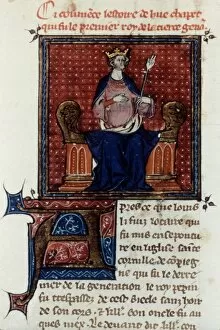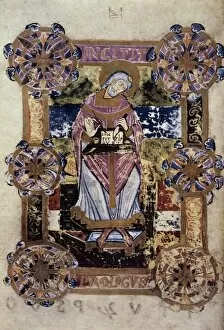Dark Ages Collection (#5)
The Dark Ages, a period shrouded in mystery and obscurity, marked a time of significant cultural and intellectual decline
For sale as Licensed Images
Choose your image, Select your licence and Download the media
The Dark Ages, a period shrouded in mystery and obscurity, marked a time of significant cultural and intellectual decline. As we delve into the depths of history, we encounter captivating artifacts that shed light on this enigmatic era. One such artifact is the Portrait of Saint Matthew from the Book of Lindisfarne Gospels. Created around 700 AD, this illuminated manuscript showcases intricate artwork that exemplifies the artistic prowess prevalent during these times. Its vibrant colors and meticulous details transport us back to an age where beauty thrived amidst chaos. Another glimpse into They are be found in The beginning of the Gospel of St. John within the Book of Lindisfarne. This masterpiece predates 698 AD and serves as a testament to early Christian devotion and scholarship. Its pages hold stories waiting to be unraveled by those who dare explore its ancient wisdom. In our quest for understanding, we stumble upon an intriguing piece known as Universe Timeline Artwork – a visual representation capturing cosmic events throughout history. From celestial bodies colliding to stars being born, this artwork reminds us that even during tumultuous times on Earth, wonders unfold beyond our comprehension. As we journey further through time, we come across The Evangelical Symbols dating back to 800 AD - symbols representing four evangelists: Matthew (the man), Mark (the lion), Luke (the ox), and John (the eagle). These icons serve as reminders that faith endured even in periods characterized by darkness. Amidst political turmoil stood Frederick I Barbarossa Holy Roman Emperor - his reign symbolizing both power struggles and attempts at unification within Europe's fragmented kingdoms. His legacy echoes through centuries as he sought stability amidst chaos. Turning our attention towards Ireland's rich heritage comes the iconic Book of Kells: Saltire with Evangelist Symbols from c800 AD - a testament to Hiberno-Saxon craftsmanship blending Celtic artistry with Christian symbolism.

